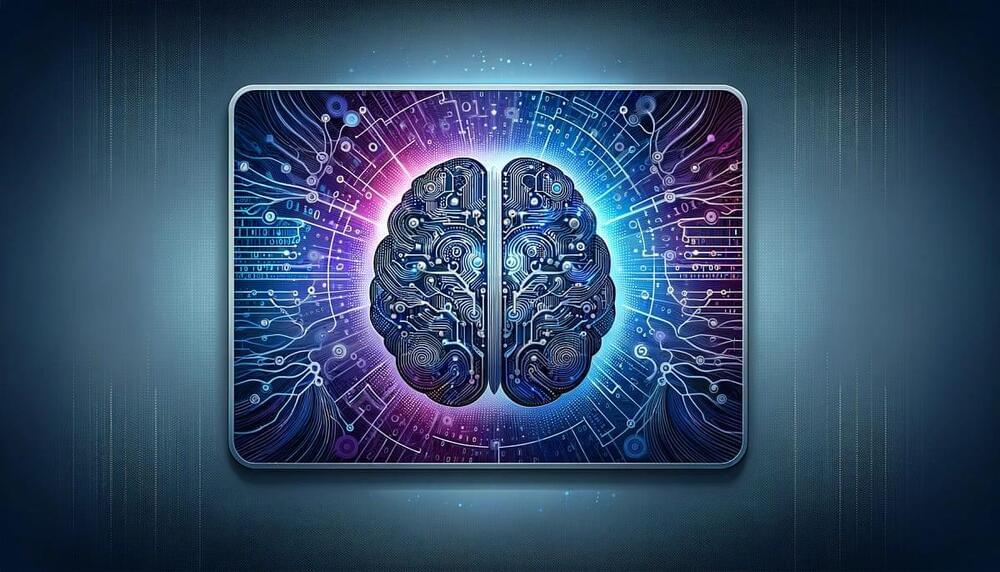PlantRNA-FM, an AI model trained on RNA data from over 1,100 plants, decodes genetic patterns to advance plant science, improve crops, and tackle global agricultural challenges.
A groundbreaking Artificial Intelligence (AI) model designed to decode the sequences and structural patterns that form the genetic “language” of plants has been launched by a research collaboration.
Named Plant RNA-FM, this innovative model is the first of its kind and was developed by a partnership between plant researchers at the John Innes Centre and computer scientists at the University of Exeter.








